Korean Abelia Leaf Tree
- November 19, 2024
- 0 comment
The Korean Abelia Leaf Tree, scientifically known as Abeliophyllum distichum, is a unique and vital component of the natural world. Known for its delicate beauty and ecological contributions, this tree plays an essential role in maintaining biodiversity and supporting ecosystems.

Its classification within the olive family (Oleaceae) highlights its connection to other ecologically significant plants. Native to Korea, this tree is valued not only for its ornamental appeal but also for its contribution to soil health and wildlife support.
What Is a Korean Abelia Leaf Tree?
The Korean Abelia Leaf Tree, or Abeliophyllum distichum, belongs to the family Oleaceae. It is a deciduous shrub-like tree that typically grows to a height of 1–2 meters (3–6 feet). Its most distinguishing features include:
- Leaves: Opposite, lance-shaped leaves with a vibrant green hue in the growing season, turning reddish-purple in autumn.
- Flowers: Clusters of small, fragrant, white to pale pink blooms that appear in early spring, resembling those of the forsythia.
- Bark: Smooth and light brown, adding visual interest even in winter.
One interesting fact about this tree is its ability to enhance soil health by contributing organic matter through its fallen leaves. Additionally, it is a relatively long-lived shrub, thriving for several decades under optimal conditions.
Two Different Types of Korean Abelia Leaf Tree Species
The Korean Abelia Leaf Tree (Abeliophyllum distichum) is the sole species in its genus, but there are two recognized cultivars or varieties with distinct characteristics:
Abeliophyllum Distichum ‘Roseum’
Abeliophyllum distichum ‘Roseum’ is a small shrub with pale pink, fragrant flowers that bloom in early spring. It grows 1–2 meters tall, thrives in well-drained soil and moderate sunlight, and is ideal for ornamental gardens.
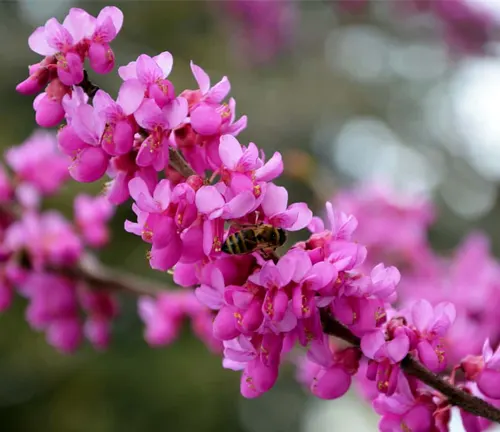

Abeliophyllum Distichum (White Forsythia)
Abeliophyllum distichum, or white forsythia, features fragrant white flowers in early spring. It grows 1–2 meters tall, thrives in nutrient-rich, well-drained soil with sunlight, and is popular in temperate gardens.
Where Do Korean Abelia Leaf Trees Grow?
Native to Korea, the Korean Abelia Leaf Tree thrives in temperate forest regions and mountainous areas. Its natural habitat includes well-drained soils with moderate fertility and areas that receive partial to full sunlight. Adaptable to various climates, this tree has been successfully cultivated in other regions with similar temperate conditions.
Ecologically, this tree stabilizes soil, reducing erosion and promoting nutrient recycling. It also provides essential shelter and food sources for local insects and small animals.
How to Grow and Care for Korean Abelia Leaf Tree
Growing the Korean Abelia Leaf Tree in home gardens is relatively simple with the right care:

- Soil: Prefers well-draining, slightly acidic to neutral soils rich in organic matter.
- Water: Requires moderate watering, particularly during establishment. Once mature, it can tolerate brief periods of drought.
- Sunlight: Thrives in full to partial sunlight.
- Propagation: Best propagated through cuttings, as seeds may take longer to germinate.
To maintain a healthy tree:
- Prune after flowering to shape the plant and remove dead wood.
- Mulch around the base to retain moisture and protect roots from extreme temperatures.
- Regularly inspect for pests and diseases, and treat issues promptly.
Ecological Benefits of Korean Abelia Leaf Tree
The Korean Abelia Leaf Tree plays a critical role in its ecosystem by:

- Improving soil quality: Its fallen leaves add organic matter, enriching the soil.
- Preventing erosion: Its root system stabilizes the soil, especially on slopes.
- Supporting biodiversity: Its flowers provide nectar for pollinators, while its foliage offers habitat for insects and small animals.
Korean Abelia Leaf Tree Flowering and Pollination
The tree’s blooming period typically occurs in early spring. Its flowers, known for their delicate beauty and sweet fragrance, are small and arranged in clusters. The pale pink or white blooms attract bees and other pollinators, playing a vital role in pollination networks. This early flowering makes it a critical food source for pollinators emerging from winter dormancy.
Is Korean Abelia Leaf Tree Drought-Tolerant?
While Abeliophyllum distichum is not classified as highly drought-tolerant, it can withstand brief dry periods once established. For regions with limited water resources:
- Mulching can help retain soil moisture.
- Planting in a sheltered area can reduce water loss due to wind.
With proper care, it can adapt to a variety of conditions, making it a resilient choice for many gardeners.
Korean Abelia Leaf Tree and Wildlife Interactions
This tree provides a habitat for insects and small animals. Bees are particularly attracted to its flowers, while its dense foliage offers shelter for small birds. By supporting pollinators, the tree indirectly benefits surrounding plant life, contributing to a thriving ecosystem.
Final Conclusions
The Korean Abelia Leaf Tree is a testament to the interconnectedness of nature. Its ecological, aesthetic, and cultural significance underscore the need for its conservation. By enriching soil, supporting pollinators, and beautifying landscapes, this tree plays an irreplaceable role in both natural and human-made environments. Protecting and cultivating Abeliophyllum distichum ensures that its benefits will be enjoyed by future generations.
Frequently Asked Questions (FAQs)
- What is the Korean Abelia Leaf Tree?
It is a deciduous shrub from the olive family (Oleaceae), native to Korea, known for its fragrant white or pale pink flowers and ecological benefits. - Where does the Korean Abelia Leaf Tree grow?
It thrives in temperate regions, especially in Korea, in well-drained soils with moderate sunlight. - What are its key characteristics?
The tree features lance-shaped green leaves, clusters of small fragrant flowers, and smooth light brown bark. - How does it benefit the ecosystem?
It improves soil quality, prevents erosion, and supports pollinators like bees and other wildlife. - When does it flower?
The tree blooms in early spring, with flowers that attract pollinators during a critical time. - Is the Korean Abelia Leaf Tree drought-tolerant?
It can handle brief droughts once established but thrives best with moderate watering. - How can I grow and care for this tree?
Plant it in well-drained soil with partial to full sunlight, water moderately, and prune after flowering. - What wildlife does the tree support?
It attracts pollinators like bees and provides shelter for small birds and insects.
We hope this guide highlights the beauty and importance of the Korean Abelia Leaf Tree (Abeliophyllum distichum). Share your experiences or thoughts below to inspire others. Don’t forget to share this guide with fellow nature lovers and gardeners passionate about conservation.


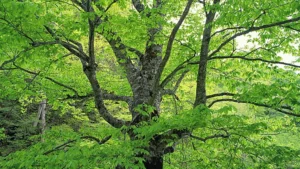
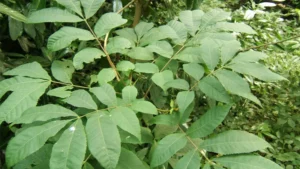
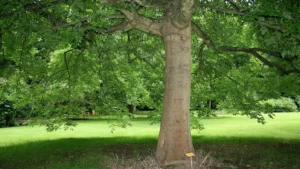
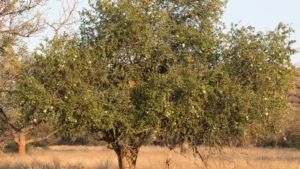
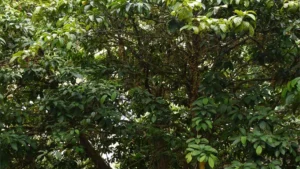

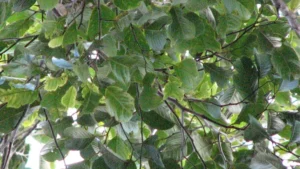
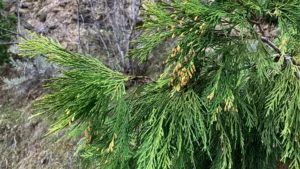
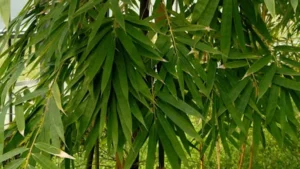
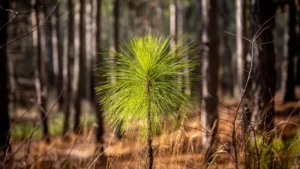
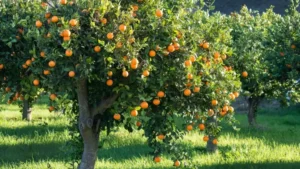
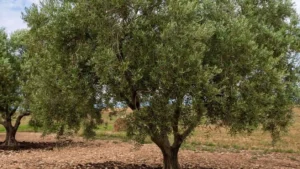
Leave your comment